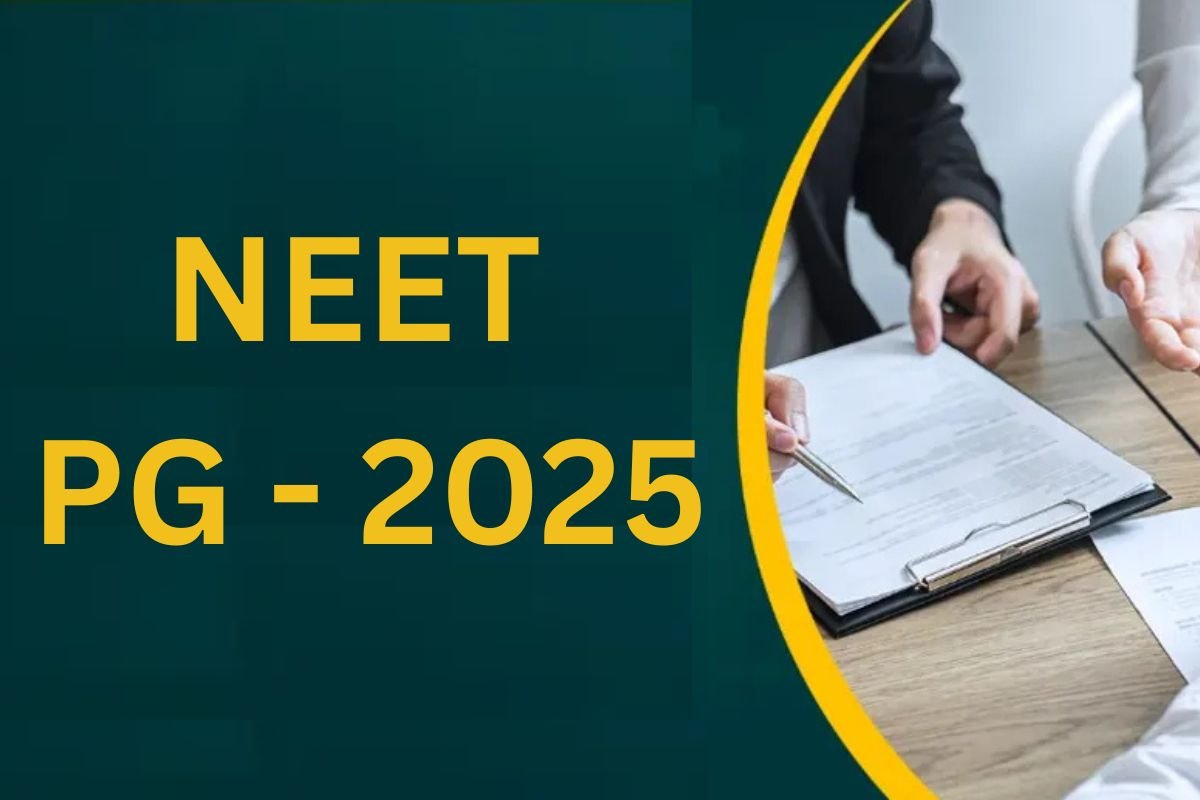While the adoption of artificial intelligence (AI) has been relatively slower in the manufacturing sector, the next big thing in the space is likely to be the collaboration between the technology and robotics, Arundhati Bhattacharya, president and CEO at Salesforce-South Asia, said on Tuesday.
“On the actual plant floor, the amount of digitisation that is being used is still a little restricted,” she said at an event here. “But that will change. The next wave that is going to come – we now have autonomous digital agents and we will soon see this also get married to robotics,” she added.
Bhattacharya said that this would also bring changes to the manpower working on the floor of the factories.
In the current scenario, however, the adoption of AI can be done in the sales and distribution segments of the manufacturing businesses.
“At this point, your sales, your distribution, your supply chains, all of these can be put through digital transformation,” she said.



















